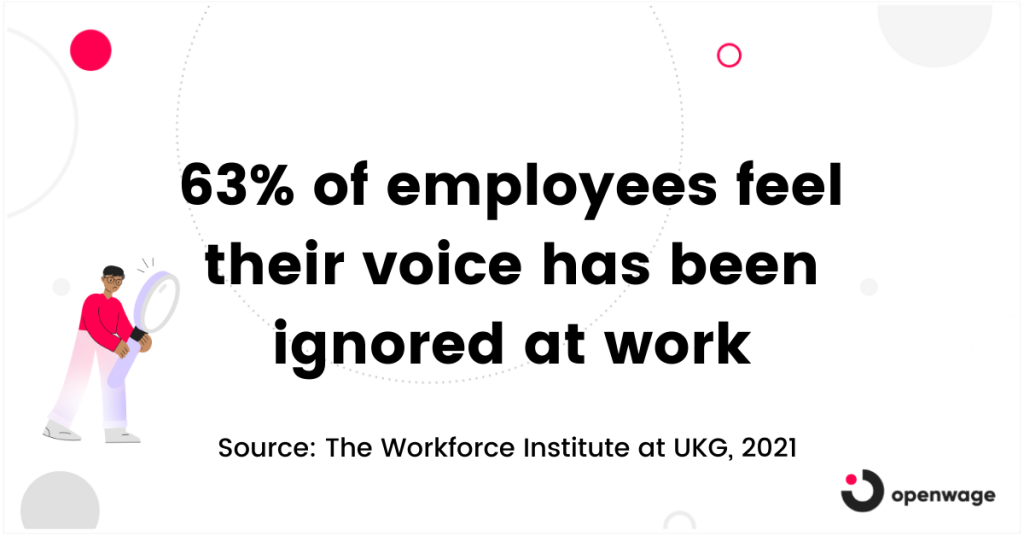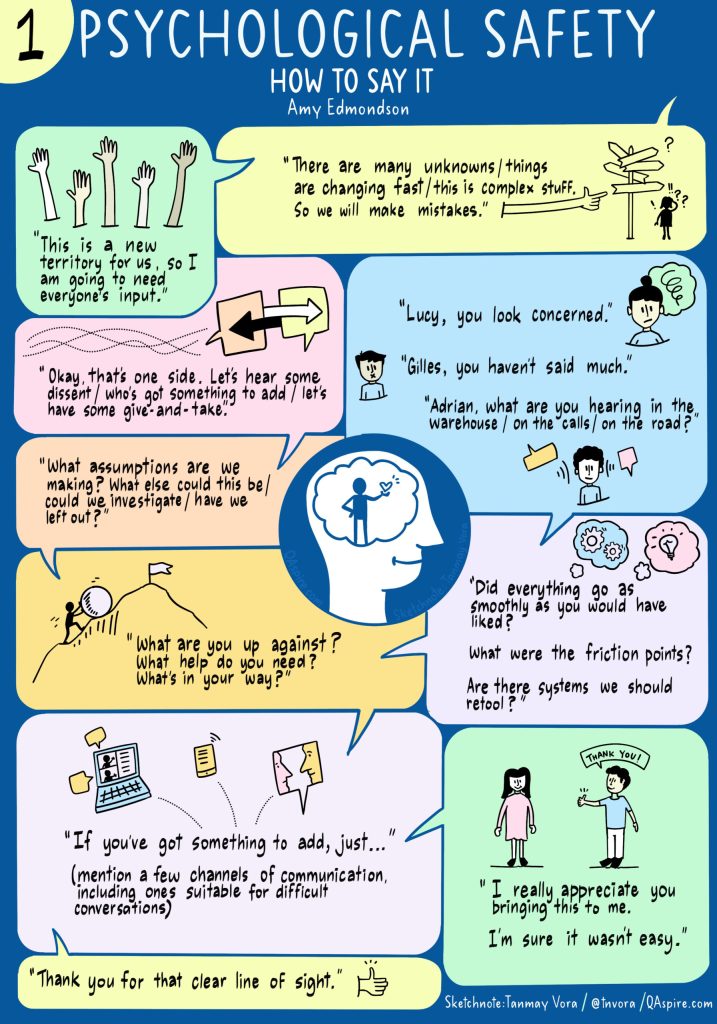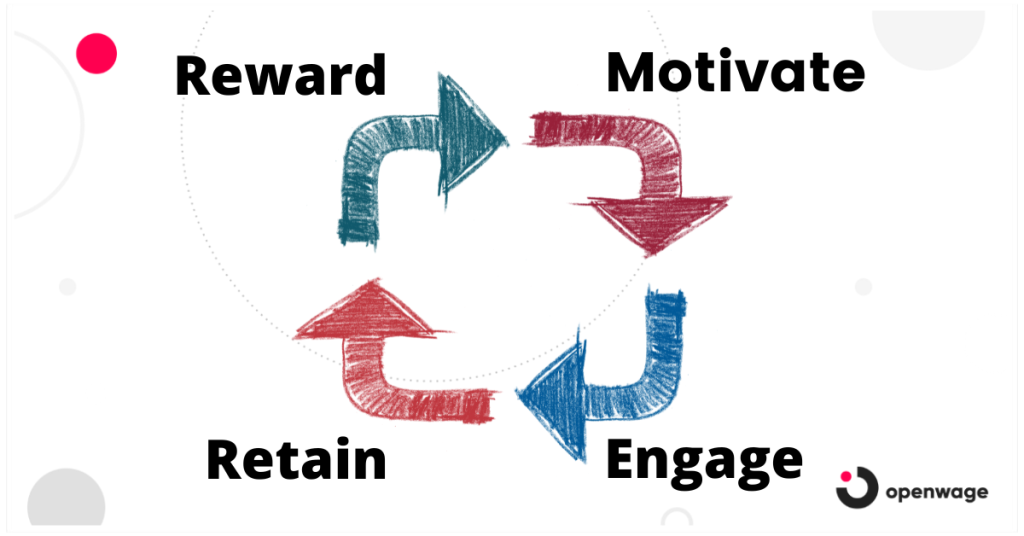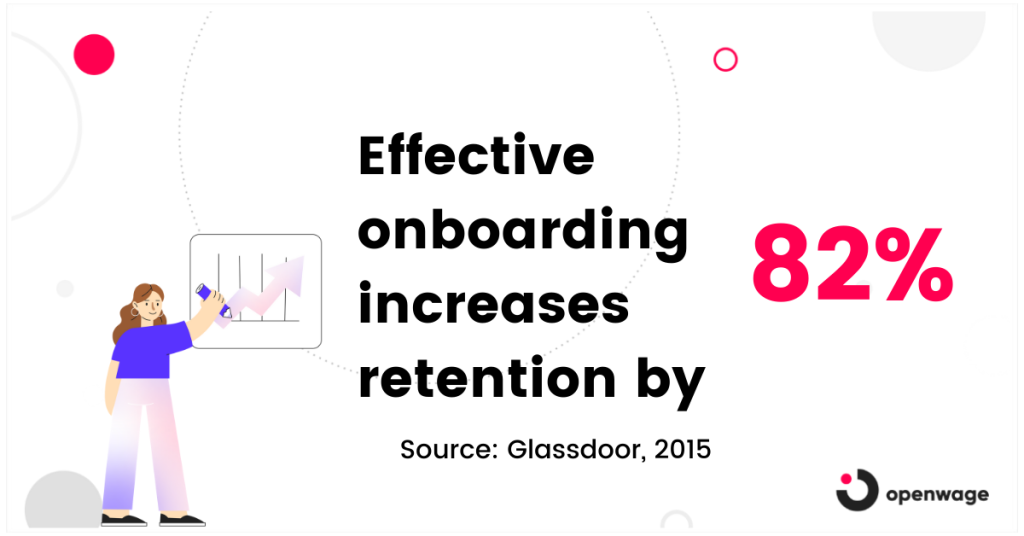
Practical strategies to boost employee retention in 2022
Employee retention. It’s on every HR professionals’ minds right now. With the Great Resignation upon us, 2022 is set to be a challenging time for UK employers. In this article we explore five practical employee retention strategies to support your organisation’s goals in 2022.
There’s little doubt that the pandemic is set to have a long-lasting impact on businesses and how employees approach work. First, employees had to adapt to home working. Then, they had to get used to a hybrid set-up.
All these changes mean that employees are clearer than ever when it comes to what they want. This, combined with the current buoyant labour market where employees can almost take their pick when it comes to job offers, means that retaining good staff has become the greatest HR challenge.
Employee retention and talent attraction are HR’s biggest challenges
The statistics speak for themselves:
- 60% of employers believe that employee retention is likely to impact them this year.
- 58% of businesses believe that attracting new employees will pose challenges too.
These figures were shared in Willis Towers Watson’s Reimagining Work and Rewards survey conducted at the end of 2021.
29% of employees are considering changing their jobs in the next 12 months according to a survey by Slack, the popular communications tool.
The data demonstrates the need for HR teams, more than ever, to effectively tune-in to what employees need and want. This means that as well as effective employee retention strategies, HR teams need to reassess what attracts today’s workforce and ensure they deliver this consistently.
Let’s take a look at how HR teams can effectively retain staff with these five key practical employee retention strategies.

Strategy 1: Listen to your employees
We all like to be heard, and your employees are no different. Employees must be allowed to and feel comfortable enough to express their true fears, concerns, and questions.
Listening to your employees shouldn’t be overlooked when it comes to your employee retention strategy. A global survey by UKG carried out in 2021 found that the majority (86%) of employees feel their colleagues aren’t heard fairly or equally. In fact, 63% of employees feel their voice has been ignored in some way by their manager or employer.
When your employees’ voices are heard, it allows them to feel that their needs are being met. Effective communication and feedback loops also help to promote psychological safety, trust, and a sense of belonging.
The result of this is that employees feel more engaged with their work and their organisation. High levels of engagement are consistently associated with higher levels of employee retention. But that’s not all businesses stand to gain from listening to their employees.
UKG’s survey also revealed that organisations are far more likely to perform well financially (88%) when their employees feel heard and engaged.

How can you help your employees feel heard?
Here are a fews ideas on how to help your employees feel heard:
- Keep in touch: Have conversations with your employees that create psychological safety.
- Don’t just wait for feedback – actively seek it. This could be in the form of employee surveys, one-to-one meetings, or using informal chats for example creating a dedicated Slack channel.
- Conduct exit interviews every time you lose a member of staff to understand the reasons and identify common themes.
- Consider conducting stay interviews to help prevent employees from leaving. Understanding what your employees’ aspirations are enables you to help them reach their goals within your organisation.
- Encourage full participation at meetings. Use strategies to prevent the loudest voices from dominating.
- Ensure that management is both visible and accessible. By publicly responding to employees’ concerns, you’ll help to create a culture of openness and trust.
Strategy 2: Invest in your people
Your employees are your greatest asset. Without them your company would be nothing.
A key employee retention strategy is to invest in your employees. This means understanding what motivates them and supporting them in their aspirations and goals. One way of doing this is to offer learning and development opportunities. By investing in your employees’ learning and development, you’re showing that you’re committing to their futures.
Continuous learning is on the horizon
Creating a continuous learning environment is one of the ways that workplaces are set to change in the next 10 years, according to a report from Gartner. Constant digital upskilling will become necessary as the pace of technological changes accelerates.
Of course, it’s important to approach learning and development in terms of company needs as well as the needs of the individual employee. Employees who feel that their organisation nurtures their skills and professional development are more likley to feel more engaged with their organisation.
By committing to your people’s learning and development, you can:
- Create a team that feels cared for and nurtured by its organisation
- Close skills gaps
- Allow employees to cope with current and future challenges
- Promote and support optimum performance
Strategy 3: Reward your employees
Your employees work hard for your business. But does recognising your employees’ efforts by giving them work perks really matter when it comes to boosting employee retention?
REBA’s The Rewards Report found that 82% of employees who felt motivated had received perks. This is interesting when you compare it to the 69% of staff who said ‘no’ they didn’t feel motivated and they didn’t receive any form of reward or recognition for a job well done.

Rewarding your employees helps motivate them to be productive and perform well. Feeling motivated is an important aspect of developing employee engagement. And here’s the big one – engaged employees are 87% less likely to leave their companies than their disengaged counterparts.
Do the work perks you offer benefit your employees and your organisation?
It’s likely that you have a diverse workforce with varying needs when it comes to benefits. For this reason, it’s important to consider what your employees will benefit most from when it comes to perks and benefits packages. But that’s not to say that your organisation can’t benefit too.
Money talks
As an HR professional, you’ve probably heard of on-demand pay but it might be relatively new to you. Essentially, on-demand pay gives your employees instant access to their earned pay at any time before payday.
Rather than waiting until payday to get the money they’ve already earned, employees can take control of their finances by accessing their earnings as soon as they’ve earned them. For a low, transparent fee, employees can solve short-term cash flow problems in a few taps.
According to research published in Ernst Young’s On-demand Pay: Payroll that works for all (2020), 70% of adults regularly experience financial stress. This is often driven by a lack of savings or emergency fund. On-demand pay can help to reduce employee anxiety around financial shortfalls that can drift into the workplace and cost employers billions in lost productivity.
Offering on-demand pay to your employees benefits your organisation too. Have a read of our article that explores 5 ways that on-demand pay saves your company money.
Strategy 4: Deliver a great onboarding programme
When considering employee retention strategies, it’s important not to overlook the whole employee journey. As an organisation, you need to focus on retaining employees from day one.

Even before onboarding, your new employees have built up a picture of what it’s like to work at your organisation through communications with the HR team or perhaps their new manager. Don’t forget, it’s likely they’ve been checking you out on social media too and perhaps sites like Glassdoor too.
Those first few days and weeks are vital and can have a major impact upon whether or not a new employee stays with you or decides to pursue another opportunity.
Does effective onboarding help retain employees?
Yes. Effective onboarding increases employee retention by 82%. This adds up to a pretty good reason why it’s worth investing in your onboarding programme.
Throwing employees in at the deep end is never going to turn out well. It creates pressure from the outset and can leave employees feeling unsupported, unmotivated and ultimately disengaged.
Strategy 5: Make employees stay for the culture
Every organisation has its own culture, whether it’s created by design or develops of its own accord. When looking at employee retention strategies, it’s important to ensure that your culture is the best it can be to give employees a great employee experience. A few things to keep in mind:
- Creating a great culture is an ongoing task.
- It’s not just down to HR to create or even manage it.
- It involves every employee at every level.
Every single one of your employees plays a part in building your organisation’s culture – whether you like it or not.

What matters to individual employees may vary, but there are some common themes to address when it comes to your culture. Often, the right culture is more important than a higher salary.
Final thoughts
Retention has always been a KPI for HR teams. No business wants to lose valuable employees and all of the experience that goes with them. Nor does it want to absorb the financial consequences of employee turnover.
To be a winner in the new labour market we find ourselves in today, it’s crucial that organisations have a willingness to invest time and money into its employees. Remember, your employees are individuals and so it’s vital that your organisation tailors and tweaks its strategies accordingly. The rewards of doing so are definitely worthwhile.

